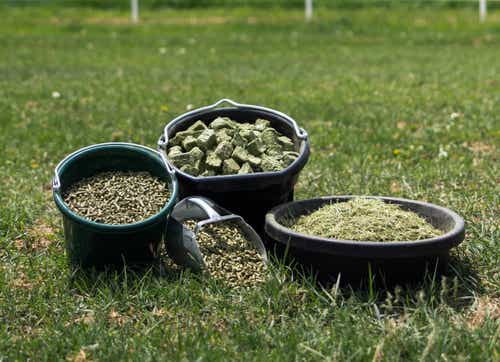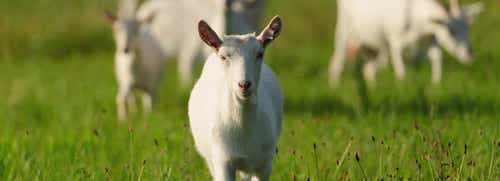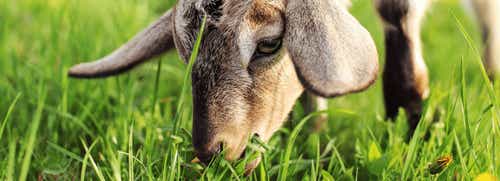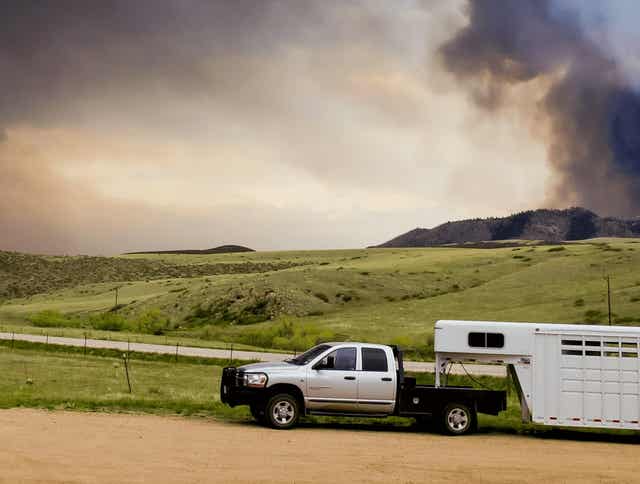
Feeding Horses During Disasters
Horses are routine animals and there are known rules we all abide by when feeding our horses, and one of those is to avoid making rapid feeding changes as this can upset the hindgut microbiome and cause diarrhea and gastric upset. Unfortunately, there are sometimes circumstances beyond our control, such as natural disasters. Flood, wildfires, hurricanes and tornadoes are common natural disasters that occur throughout the United States. These events can require sudden evacuation and, in turn, rapid changes in the horse’s diet.
When it comes to your horse’s nutrition, here are a few suggestions:
- Clean water is critical. Horses can go without feed for several days but will not survive long without water. Fill as many water troughs with water as you can and fill trash cans with plastics liners. You should store at least 15 to 20 gallons of water per horse for each day.
- Where possible, store 3 to 7 days’ worth of feed and hay in a dry location. In the event of unforeseeable natural disasters like fires, it may be necessary to move rapidly and there will be no time to pack up feed and hay. In these circumstances, the most important thing to try and maintain in the horse’s diet is enough fiber. If your horse gets evacuated to facility that has a similar hay, try feeding that before different grains.
- If long stem hay is not available, other alternatives including forage pellets, cubes or even complete feeds can be utilized. Complete feeds are those with high fiber contents that are designed to be fed as the sole ration to the horse; hay and/or pasture does not need to be supplied in order to meet the horse’s fiber requirements.
- Recent research has also shown that probiotic supplements containing saccharomyces cerevisiae can help mitigate the negative effects of rapid feeding changes. If possible, adding this to the diet may help horses overcome some of these dietary stressors, while trying to get to safety and the time being before returning to normal living.*
Pro Tip: If you end up relocating away from your home, escaping a current disaster, use Standlee’s Find a Store Tool to help you find the nearest farm and ranch retail store to get your animals the consistent, high-quality forage they need.
Pro Tip: All farms should have a written disaster plan to increase the safety and survival of all animals and their caretakers. A good map for creating that plan can be found here: https://aaep.org/horsehealth/disaster-planning-horse-farms.
It may be necessary to limit the horse’s intake if feed and hay is scarce due to damage during the disaster. This may result in weight loss but that can easily be corrected once safety has been attained and the disaster has passed. It is important, however, to try and maintain fiber in the diet; without this, our horses will suffer from gastrointestinal complications long after the disaster has passed.
If you have questions, please contact the nutritionist at Standlee Premium Western Forage, or consult with your veterinarian.
Scientific Reference:
*Chagoyán, J.C.V. & Franco, J.G.E. & Winder, L.R.G. & Pliego, A.B.. (2013). Uses of Saccharomyces cerevisiae as feed additive in horse feeding. Nutritional Strategies of Animal Feed Additives. 97-104.

